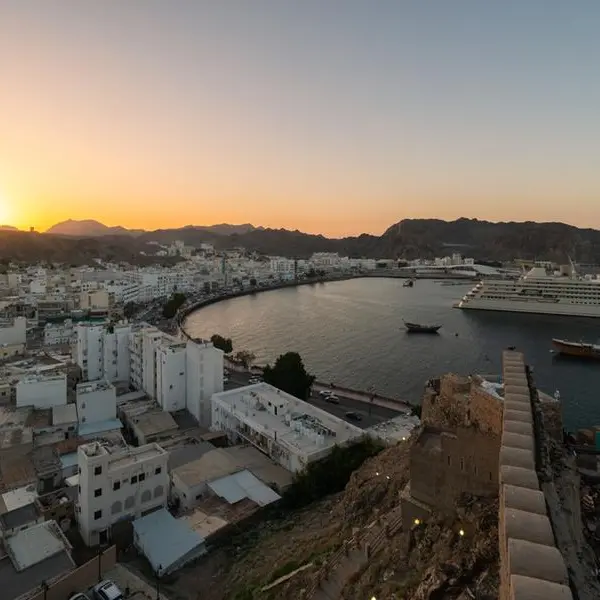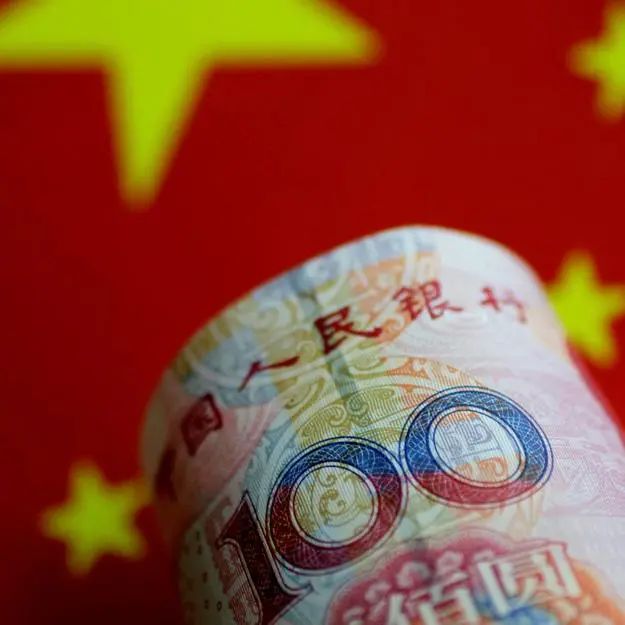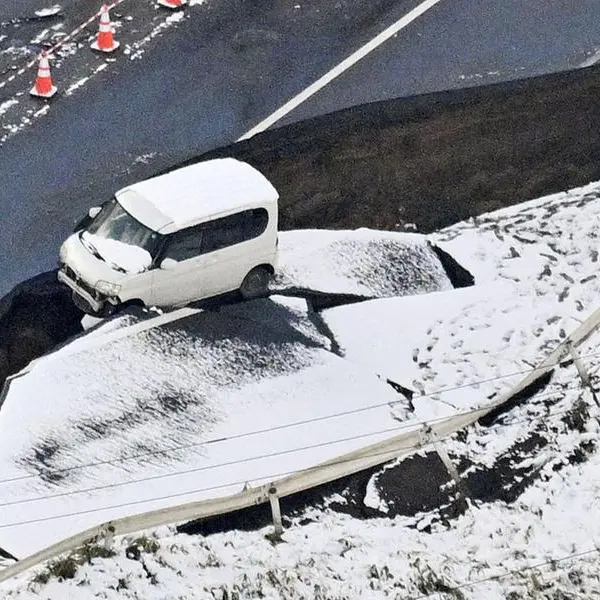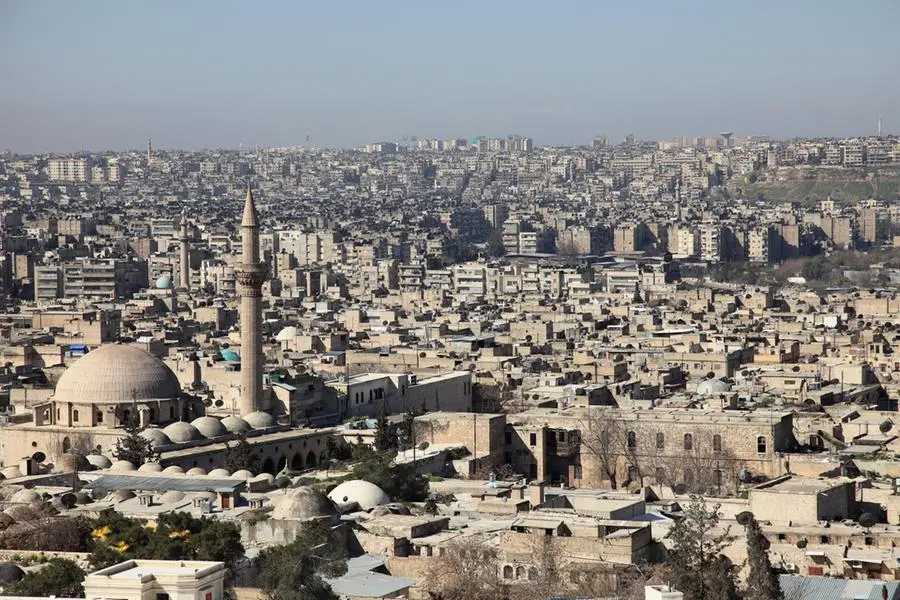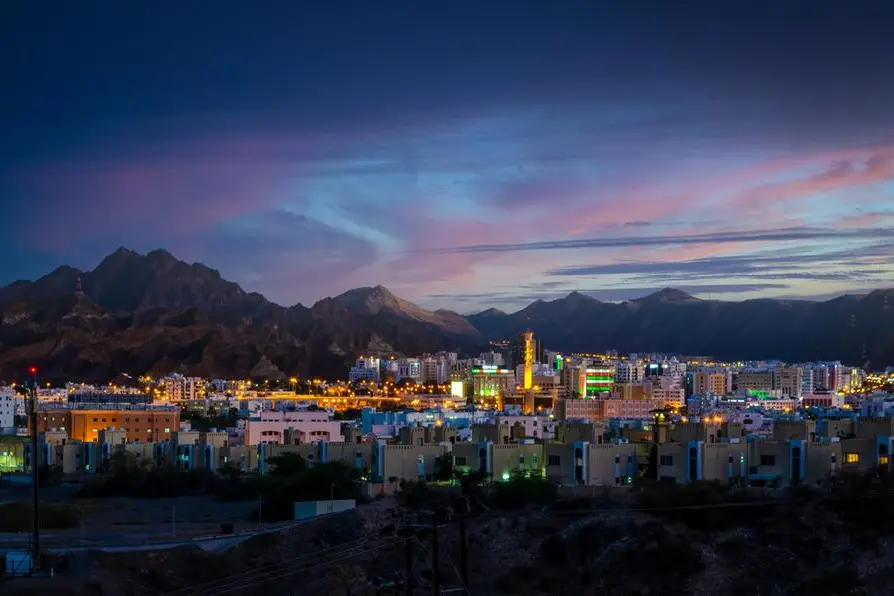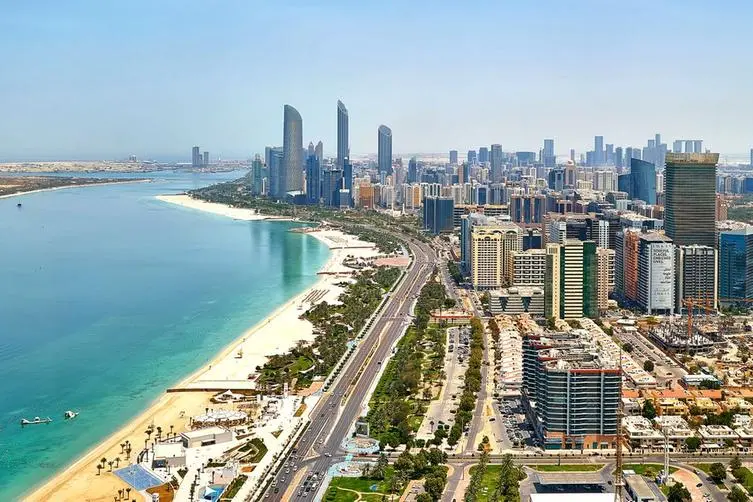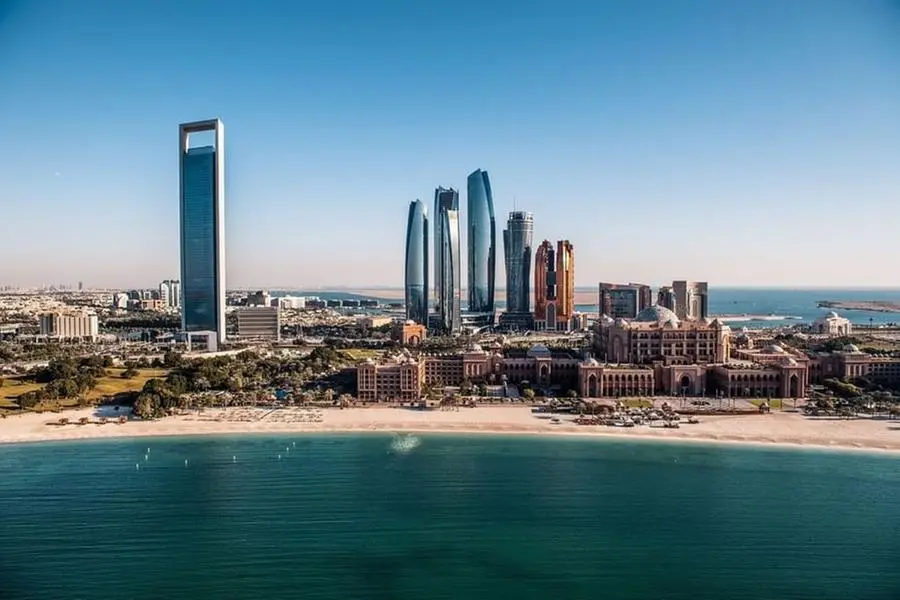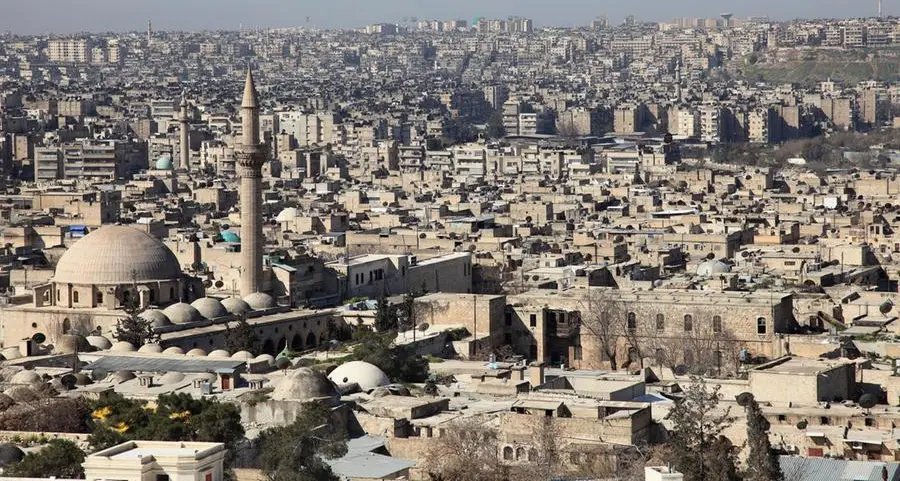PHOTO
China has completed work on a nationwide ecological protection "red line" aimed at preserving its ecosystems and reversing some of the damage from rapid urbanisation and industrial growth, a government official said on Thursday.
The red line scheme was first proposed in 2011 in the hope of putting vulnerable ecosystems out of bounds and ending decades of "irrational development" that had encroached upon forests and wetlands.
The lines have now been fully decided, with roughly 3 million square kilometres (1.16 million square miles) of land - about 30% of China's total - as well as 150,000 sq km of marine areas, all of which is under state surveillance, Wang Zhibin, head of the nature protection office at the Ministry of Ecology and Environment (MEE), told a briefing in Beijing.
The surveillance network makes use of 30 Chinese and foreign satellites that can spot human encroachment as it happens, Wang said.
The amount of land protected is in accord with a global biodiversity pact agreed in Montreal late last year to protect 30% of the world's total land and sea by 2030.
China has already cleared hydropower plants, houses, farms and workshops from protected forests, wetlands and riverbanks, but critics say enforcement of the red line scheme has remained patchy.
Recent policy guidelines have also said that some human activity - including commercial forestry and mineral resource exploitation - would still be allowed inside the red lines.
Wang told reporters that biodiversity protection efforts were still under "a lot of pressure", mainly because of supervision and enforcement gaps, but also because of vulnerability to climate change.
The MEE has launched a series of pilot provincial supervision projects, and violations continue to occur, including illegal quarrying, sand mining and logging as well as livestock and poultry breeding facilities that encroach on protected areas, he said.
"It is difficult to draw red lines, and it is even more difficult to strictly abide by them," he said. (Reporting by David Stanway)


